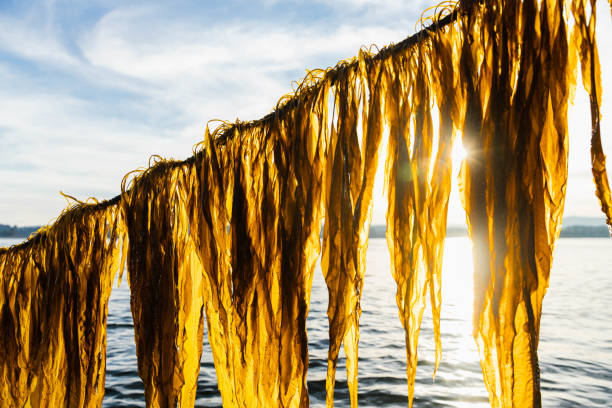Seaweed Farming: The Future of Sustainable Food and Climate Solutions
Pelagic ProblemsWhen you think of farming, fields of corn or orchards of fruit might come to mind but beneath the waves, a quiet revolution is happening. Seaweed farming is one of the fastest-growing forms of aquaculture in the world, and it’s being celebrated not only for its nutritional benefits but also for its role in fighting climate change.
What Is Seaweed Farming?
Seaweed farming involves cultivating marine algae in the ocean or coastal waters, usually on ropes or nets. Unlike land crops, seaweed doesn’t require fresh water, fertilizers, or pesticides. It thrives naturally in saltwater and sunlight, making it a low-impact and highly sustainable crop.

[An image of two women harvesting seaweed.]
Why Seaweed Matters
- Superfood Powerhouse: Rich in vitamins, minerals, and protein, seaweed is a nutritious addition to diets worldwide.
- Climate Hero: Seaweed absorbs carbon dioxide, helping to reduce greenhouse gases and mitigate ocean acidification.
- Ocean Health: Farms provide habitats for fish and marine life, boosting biodiversity.
- Sustainable Industry: Seaweed can be turned into food, animal feed, cosmetics, bioplastics, and even biofuel.
Seaweed Farming and Communities
From coastal villages in Asia to pilot projects in California, seaweed farming supports local economies while protecting the planet. It’s an opportunity to bring together food security, environmental health, and innovation in one powerful practice.
A Wave of the Future
As we face global challenges like overfishing, deforestation, and climate change, seaweed farming offers a hopeful path forward. By investing in this ancient yet modern practice, we can support both people and the planet.

